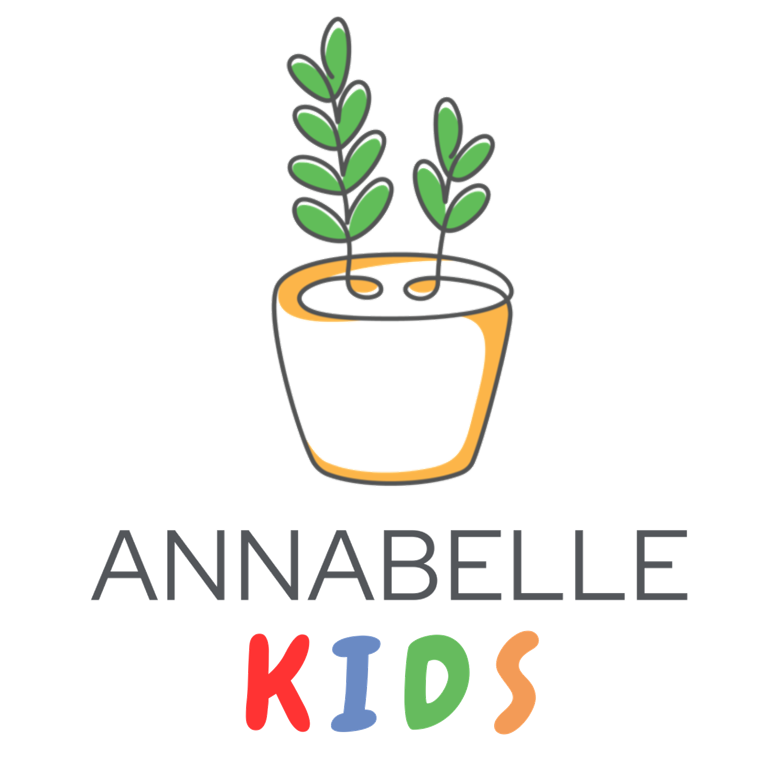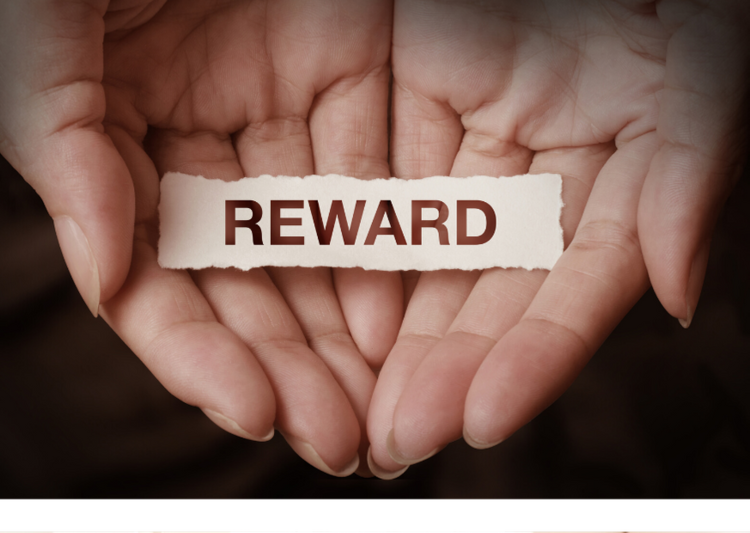Token Economy
Remember those stickers or points your teacher or parents would give if you did something they liked?
In developmental or child psychology, this strategy is known as establishing a token economy.
A token economy is a positive reinforcement strategy to encourage and maintain appropriate performance and behaviour, be it at home or in a classroom setting.
In a token economy, if a child acts or behaves in an appropriate manner, they will be able to trade their tokens for a reward or privilege.
Physical tokens are given to children after appropriate behaviour and accumulated points or tokens can be exchanged for rewards at a specified time. A predetermined goal is established for the number of tokens or points required to earn a reward. The teacher or parent is responsible for distributing the tokens and exchanging it for rewards.
How do I establish a token economy?
This process is directed towards a teacher-student relationship. It can also be modified to be used at home between parent and child.
-
You (teacher or parent) should select a few, 2 to 4, target behaviours to change. The behaviour defined should be clear, specific and observable. Vague target behaviours make it difficult for you to observe and children to be aware when they have performed them.
It should also be motivational and encouraging, focused on increasing desired behaviours. These behaviours should be framed in things the child should do, and not what they shouldn’t do. Here’s some examples:
Clear, specific and observable behaviour
Good examples: turned in homework on time, obeyed class rules
Bad examples: behaved well today
Positive and encouraging:
Good examples: played cooperatively with other classmates, prepared all work materials for class
Bad examples: didn’t behave well in class, not prepared for class
-
For younger children (4-7 years old), it is recommended that physical tokens such as stickers, stars or stamps be used.
For older children, points and numbers can be written on a card on their desk or simply written in a journal.
-
This is key to the success of a token economy.
In order for the reward to be motivating, the child must find it desirable.
One way is to involve the child in generating a list of possible rewards. You can come up with a list of possible rewards and the child can rate whether he or she finds each of them desirable.
After, come up with the list of rewards based on the rewards the child rated as most desirable.
Another way is to observe what the child does in his or her free time. You can get a good idea of a child’s preferred rewards simply by observing. Where they choose to spend their free time, who they choose to spend it with, the activities they engage in are all strong hints about what they find rewarding. Behaviours that they engage in frequently can be used as rewarding activities.
For example, if a child enjoys spending time with a particular friend, having “free time with a friend” may be a meaningful reward for the student.
Similarly, if a student often requests to care for the classroom pet, having “5 minutes with the class pet rabbit” will be a desirable reward for him or her.
There may also be classroom responsibilities that children find rewarding, such as assisting the teacher or erasing the chalkboard.
Another way of coming up with rewards is to ask those that know the child well, such as teachers or friends that have regularly interacted with the child. They will be able to come up with rewards that will really motivate him or her.
Some examples of rewards in a classroom setting
Ψ Computer time
Ψ Leading songs
Ψ Being captain of a team
Ψ Erasing the chalkboard
Ψ Writing lesson plans on the chalkboard
Ψ Feeding the fish or classroom pets
Some examples of rewards in a home setting
Ψ 30 extra minutes on phone
Ψ Watching TV during breakfast
Ψ Go out for ice cream or McDonalds
Ψ Special activity with parents
Ψ Pick a movie
Ψ Having a sleepover
Ψ Family bowling night
-
The next step is to determine an appropriate goal, or the number of tokens or points needed to exchange for the reward.
Initially, the goal should be easily achievable by the child. If the goal is too high, the child may think it is unachievable and will not put in the effort to achieve it.
One way of ensuring this is to monitor his or her targeted behaviours for a week before starting the token economy.
The starting goal should be just slightly above their normal performance. This reasonable starting goal makes it more likely for the child to attain success and experience the reward of appropriate behaviour in the early stage of the programme. The goal difficulty can be gradually increased over time.
You can also assign different behaviours to different token levels. The behaviour you really want to see changed are those that have a higher token value and are also more difficult to change.
For example, turning in homework on time might have a value of 5 assigned to it and obeying class rules for a whole class might have a value of 10 assigned to it.
Targeted rewards can also vary in the number of tokens needed in accordance to its value.
For instance, rewards that are relatively easy to achieve (e.g. exchanging tokens for stationeries) require lesser tokens as compared to a bigger reward (e.g. having one-on-one time with a teacher for lunch). This will also teach children the value of spending and saving. They will learn to save tokens to attain a greater reward.
-
You should sit down with the children and discuss target behaviours and how to successfully perform appropriate behaviours.
The goal for earning the rewards and when the rewards will be given should also be communicated clearly with the children.
-
You should decide how tokens will be distributed to the children.
Tokens can be given for each occurrence of a target behaviour or at specified intervals. For example, if the target behaviour is to raise your hands before speaking, a token can be given for every time the behaviour is displayed. If the target behaviour is the completion of mathematical questions, the child can earn a token for every 5 questions completed.
It is important to reward the target behaviours with tokens consistently. Praise and compliment the child for appropriate behaviour throughout the day.
-
At a predetermined time, you should review the child’s progress towards the targeted goals.
At the beginning, reward children immediately so as to allow them to experience the reward of appropriate behaviour.
This means rewarding children on a daily basis. Gradually, the length of time to give out rewards can be extended. It is also okay to look over small mistakes in targeted behaviours initially.
If the child has obtained the goal for the day, they should be allowed to choose a suitable reward from the list of possible rewards.
However, if they did not achieve the goal for the day, the child should be informed in a matter-of-fact manner that he or she did not earn the reward.
This also gives you an opportunity to check in with the children and track their progress. Here, you can also discuss areas for improvement and praise them for their improvement or positive behaviour.
It is important to stay consistent and do not go back on your word. Regardless of what happened that day, dispensing rewards when it is due or expected is crucial in ensuring the success of a token economy. If not done consistently, children may be less motivated to earn tokens for rewards.
However, if you need to change or modify certain aspects of the program, it is important to get the children involved in the discussion whenever possible and give them a voice in these decisions.
-
Over time, as the child’s behaviour gradually improves to a desired level, the program can be changed and modified in various ways.
For instance, the number of tokens required to exchange for a reward can be increased.
The number of times that they can exchange tokens for rewards can also be reduced (e.g. from daily to several times a week to weekly).
New target behaviours can also be introduced. However, when making changes to a token economy, remember to praise the child for his or her improvements and success and explain the changes and expectations.
After several weeks, you can also introduce a punishment technique called response cost. This involves the loss of tokens or privileges following the occurrence of inappropriate behaviour.
Do note that a response cost should not be introduced in the beginning of a token economy.
Additional pointers
Ψ Try to avoid rewarding children for the achievement of good grades. The desired behaviours we are trying to target should be their effort and not final scores.
Ψ Teachers can also choose to have a reward system for the whole class. A class-based token economy system should be tied with classroom rules that have already been established. However, it should only be used if a teacher deems it appropriate (e.g. there are many students that will benefit from it).
Ψ You can also choose to have an end-of-year auction. In this manner, there will always be an opportunity to earn rewards and this can serve as a continuous motivation for students to earn tokens all year round. This serves as an exciting alternative in comparison to other rewards that may seem “old” or “boring” over time.
For instance, a teacher can announce that there will be an exciting excursion to a specific location at the end of the month for students that manage to accumulate a certain amount of tokens. This will give students a huge incentive to earn tokens and display appropriate behaviours.

